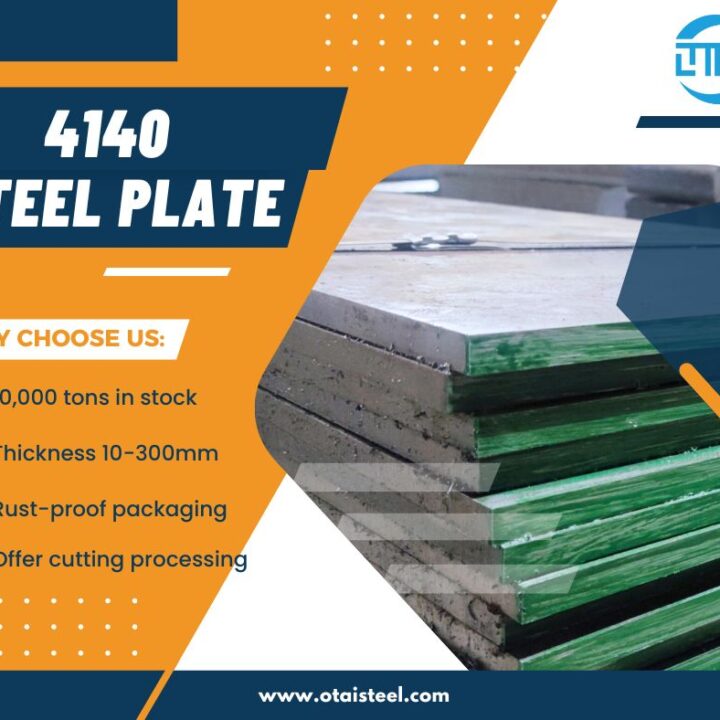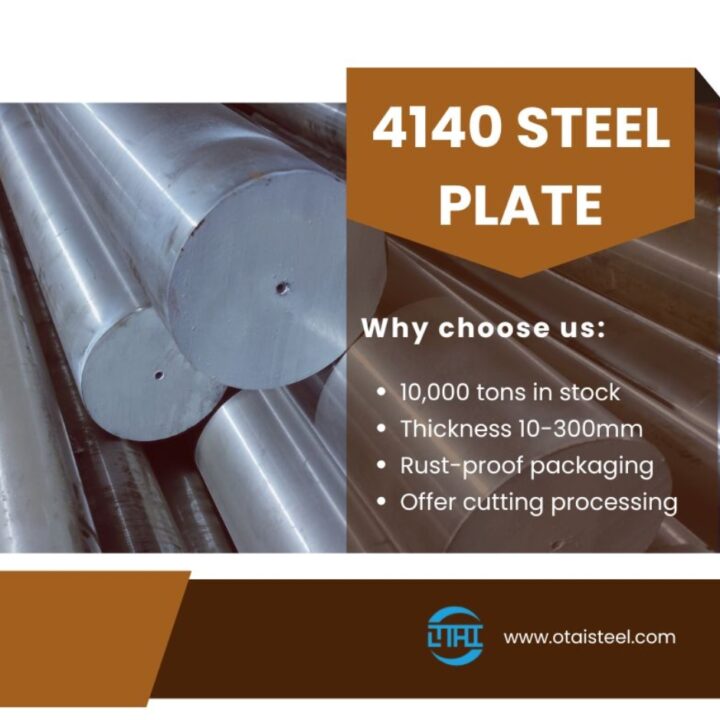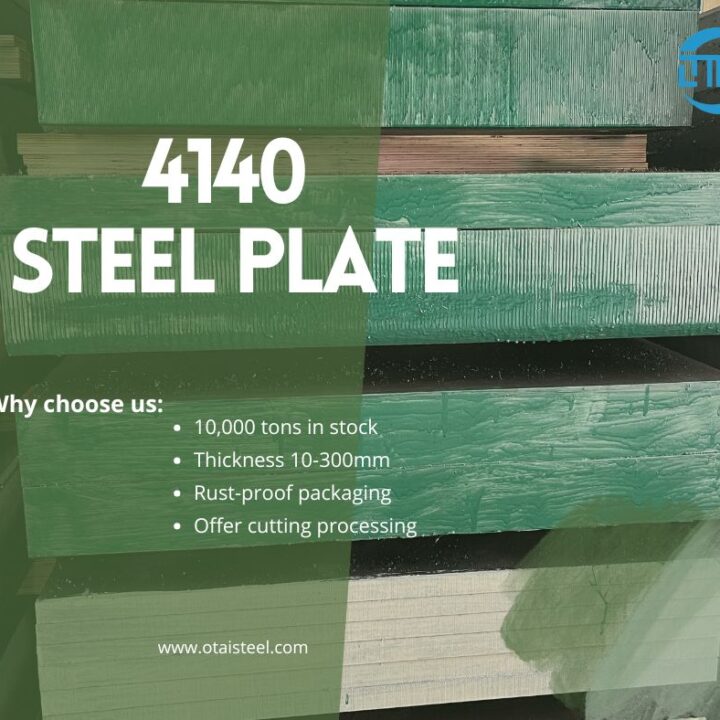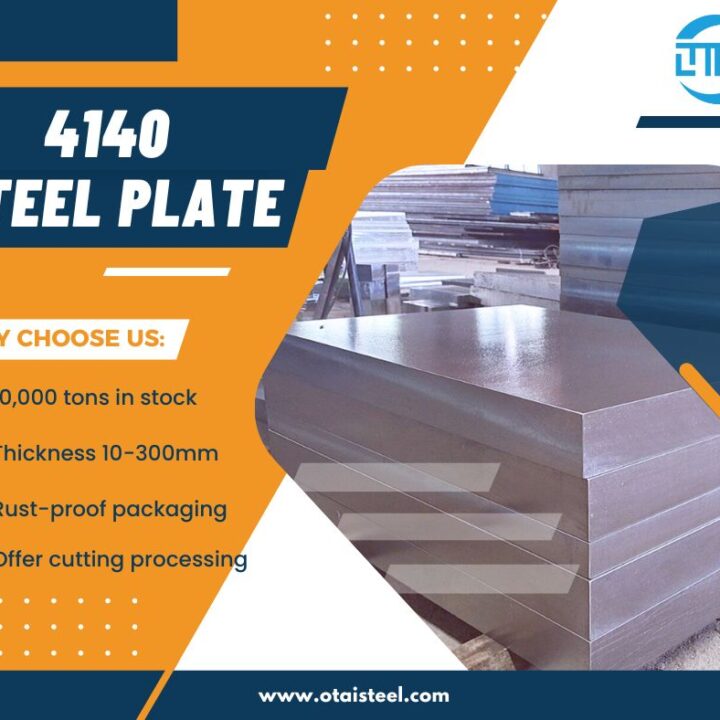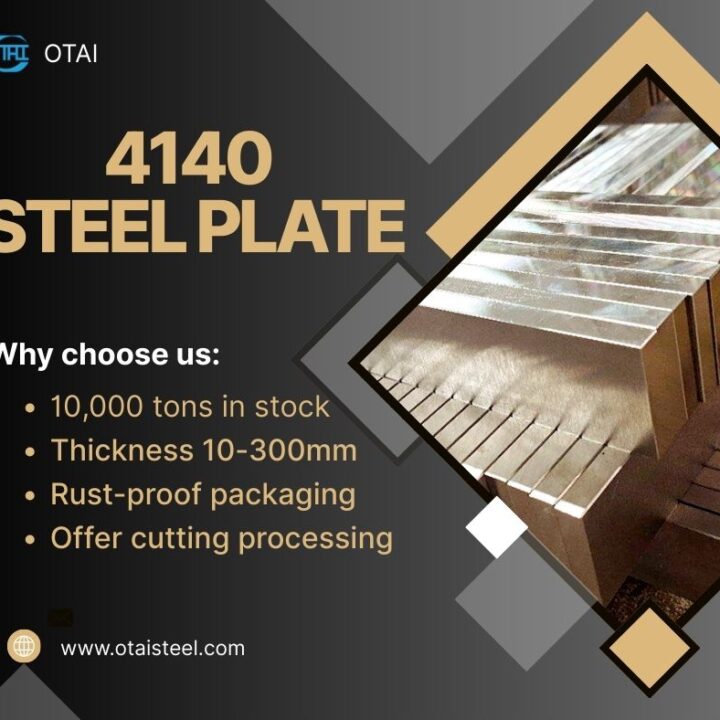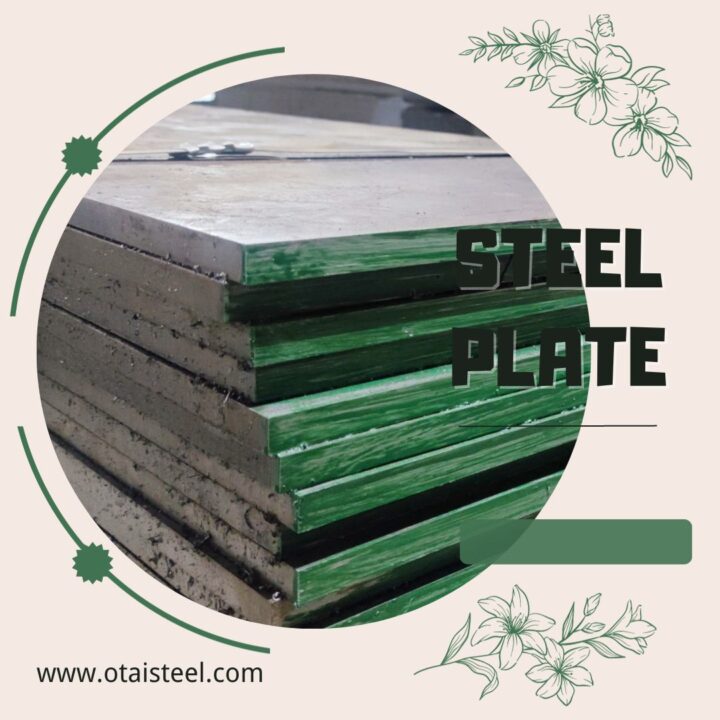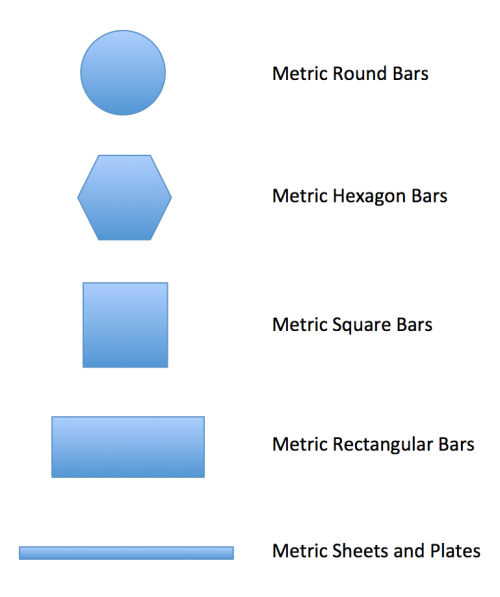 Maximum Hardness of 4140 Steel: Understanding the Limits and Benefits
Maximum Hardness of 4140 Steel: Understanding the Limits and Benefits
4140 steel is a versatile alloy widely used in industries like automotive, aerospace, and construction due to its strength, toughness, and wear resistance. One of the most significant properties of 4140 steel is its hardness, which influences its ability to resist wear, abrasion, and deformation. The maximum hardness of 4140 steel depends on several factors, including heat treatment and alloy composition.
In this article, we’ll dive into the maximum hardness achievable for 4140 steel, the factors that influence it, and how its hardness affects its performance in various applications.
🧪 What is Hardness and Why is it Important for 4140 Steel?
Hardness refers to a material’s resistance to indentation, scratching, or deformation. For steels, hardness is crucial in applications that involve high wear or load-bearing conditions, such as gears, shafts, and cutting tools.
Achieving high hardness in 4140 steel enhances its ability to resist friction, wear, and mechanical stresses. This property is especially beneficial in demanding environments, but the maximum hardness that 4140 steel can achieve varies based on several factors.
🏗️ Factors That Affect the Hardness of 4140 Steel
1. Carbon Content
4140 steel contains around 0.40% carbon, balancing strength and ductility. The carbon content plays a key role in determining the steel’s hardness potential. Higher carbon content increases the steel’s hardness, but it can also reduce its toughness.
2. Alloying Elements
In addition to carbon, 4140 steel includes chromium, molybdenum, and manganese. These elements enhance the steel’s hardenability, meaning its ability to harden through heat treatment. Chromium boosts wear resistance, while molybdenum contributes to strength and toughness.
3. Heat Treatment Process
Heat treatment is crucial for achieving the maximum hardness of 4140 steel. Quenching and tempering are the most common heat treatments for this material, which affect the hardness by changing its microstructure.
Common Heat Treatment Methods for Achieving Maximum Hardness in 4140 Steel:
-
Quenching: Heat the steel to around 830-880°C and cool rapidly in water or oil.
-
Tempering: After quenching, heat to a lower temperature (400-650°C) to reduce brittleness while maintaining strength.
4. Cooling Rate
The rate at which 4140 steel cools during quenching influences its hardness. A faster cooling rate produces higher hardness, but it may also increase internal stresses and brittleness. Cooling medium choice (oil, water, or air) plays a major role in final hardness.
🔨 Maximum Hardness Achievable for 4140 Steel
The maximum hardness of 4140 steel can vary based on the heat treatment process. Below is a general range for its hardness:
| Heat Treatment Process | Maximum Hardness (HRC) | Notes |
|---|---|---|
| As-Received | 18-22 HRC | Soft and machinable before heat treatment |
| Quenched and Tempered | 28-32 HRC | Standard heat treatment process |
| Induction Hardened | 50-60 HRC | Hard surface, tough core |
| Fully Hardened | 40-45 HRC | Balanced hardness and toughness |
-
As-Received: 4140 steel is soft (18-22 HRC) and machinable in its as-received state.
-
Quenched and Tempered: When quenched and tempered, 4140 steel reaches 28-32 HRC, offering a good balance of strength and toughness.
-
Induction Hardening: For applications that need a harder surface, 4140 steel can achieve 50-60 HRC with induction hardening, providing resistance to wear and abrasion.
-
Fully Hardened: After quenching and tempering, 4140 steel can reach 40-45 HRC, offering high strength and moderate toughness.
🏅 Applications of 4140 Steel Based on Hardness
The maximum hardness of 4140 steel affects its suitability for various applications. As hardness increases, so does the material’s ability to resist wear, making it ideal for different industrial uses.
✔️ High-Strength Parts (28-32 HRC)
For axles, shafts, and structural components, 4140 steel with quenching and tempering provides a balance of strength and toughness, making it ideal for heavy-duty parts.
✔️ Wear-Resistant Parts (50-60 HRC)
Parts such as gears, pistons, and tooling components benefit from 4140 steel induction-hardened to 50-60 HRC. This high surface hardness ensures long-lasting performance in friction-heavy environments.
✔️ Tooling and Die Applications (40-45 HRC)
For molds, cutting tools, and dies, 4140 steel with quenching and tempering processes ensures that the material remains tough while offering high strength and wear resistance.
⚖️ Benefits and Drawbacks of Achieving Maximum Hardness in 4140 Steel
Achieving maximum hardness in 4140 steel enhances performance in many applications, but it also introduces some trade-offs.
✔️ Benefits:
-
Wear Resistance: Higher hardness improves wear and abrasion resistance, increasing the lifespan of components.
-
Strength: Increased hardness enhances resistance to mechanical stresses, ideal for load-bearing applications.
-
High-Performance: Components that experience high loads and friction, such as gears and shafts, benefit from increased hardness.
❌ Drawbacks:
-
Reduced Toughness: Excessive hardness can reduce the material’s toughness, leading to brittleness.
-
Cracking Risks: High hardness can increase internal stresses, making the steel more prone to cracking.
-
Machining Difficulty: Harder steel is more challenging to machine and shape, which can increase production costs.
❓ Frequently Asked Questions (FAQ)
Q1: What is the maximum hardness that 4140 steel can reach?
A1: The maximum hardness for 4140 steel ranges from 50-60 HRC with induction hardening or 40-45 HRC with full quenching and tempering.
Q2: Can 4140 steel be hardened beyond 60 HRC?
A2: While 4140 steel can reach hardness levels of 60 HRC, going beyond this can reduce toughness and increase brittleness, making it unsuitable for many applications.
Q3: How do I achieve the maximum hardness in 4140 steel?
A3: To achieve maximum hardness, 4140 steel undergoes induction hardening or quenching followed by tempering to balance hardness and toughness.


